Health Benefits Of Spaghetti With Nutrition Facts And Recipes
This popular Italian cuisine has more to it than just tasting delicious.
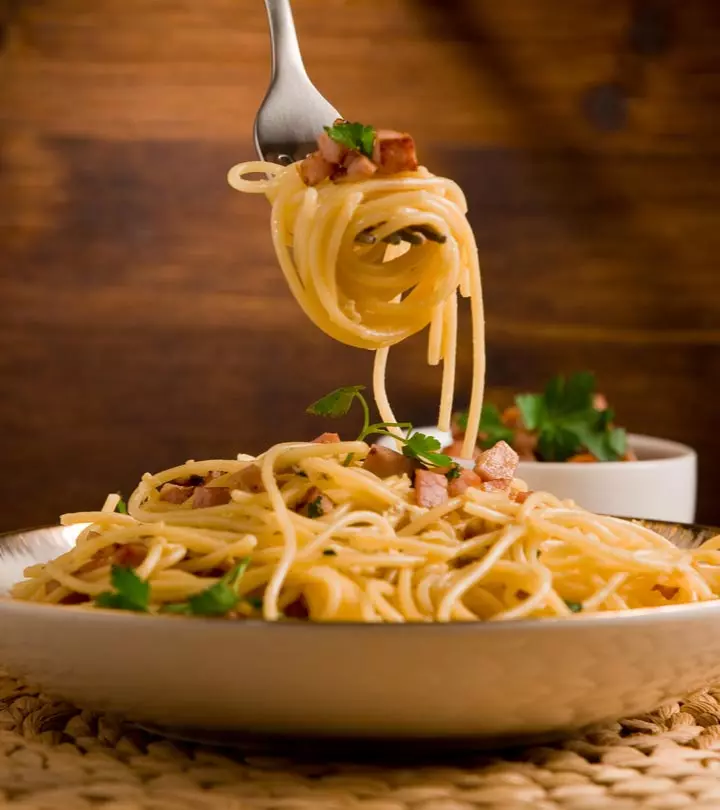
Image: Shutterstock
Spaghetti is a thin, long, cylindrical pasta rich in carbohydrates. It is a staple of Italian cuisine and is easy to prepare. The benefits of spaghetti are gaining popularity worldwide due to its rich vitamin and mineral content. It is made of milled wheat and water (like regular pasta) and is often served with meat or tomato sauce. Spaghetti might as well be your comfort meal any time of the day. But is spaghetti healthy? In this article, we look at the nutrition profile, health benefits, certain delicious recipes, and possible side effects of spaghetti. Keep reading to know more.
 Know Your Ingredient: Spaghetti
Know Your Ingredient: SpaghettiWhat Is It?
Spaghetti is a long cylindrical type of pasta made from durum wheat and is generally served with tomato sauce.
What Are Its Benefits?
Spaghetti acts as a rich source of dietary fiber, carbohydrates, and micronutrients so it may help in boosting energy and digestive health.
Who Can Consume It?
It can safely be consumed by the majority of people, but not those who are sensitive to gluten or allergic to wheat.
How Often?
You can consume it daily but in moderation.
Caution
People with Celiac disease should avoid having this pasta.
In This Article
Know About Spaghetti

Let’s check out some interesting facts about spaghetti that you may have never heard of.
- Thin spaghetti is known as capellini.
- Spaghettoni is the thicker version of spaghetti.
- Usually, pasta is white in color because of the use of refined flour.
- It is mostly available in lengths of 25 to 30 cm (10 to 12 inches).
- Fresh spaghetti is made by rolling out pasta sheets and cutting it into strips with a rolling pin and a knife. The use of a pasta machine simplifies the process and makes it uniform.
- Fresh spaghetti can usually be cooked within a few hours of being manufactured.
- Dried spaghetti is made using auger extruders. Newly-made spaghetti is dried with proper moisture control to prevent the strands from sticking while ensuring it’s not too dry and brittle.
 Fun Fact
Fun FactKey Takeaways
- Spaghetti is rich in fiber, protein, and minerals like calcium, iron, phosphorus, and magnesium.
- More importantly, it does not contain any cholesterol and saturated fats.
- Whole wheat spaghetti is richer in nutrients and contains unrefined carbs.
- However, those with gluten sensitivities must avoid eating it.
History Of Spaghetti
The first reference of pasta in history is from the 5th century with a reference to dried portable pasta that needed to be cooked by boiling. It was then made into long thin forms in the west around the 12th century. When spaghetti factories got established in the 19th century, spaghetti became more renowned all over Italy. This enabled mass production of spaghetti for people in Italy and then it further reached restaurants in the United States. Oregano or basil were not used in traditional spaghetti preparations for decades after. Now it is widely found in various kinds of culinary preparations all around the world.
 Trivia
TriviaSpaghetti Nutrition Facts
According to the USDA, 100 g of uncooked spaghetti by the brand SE GROCERS, provides us with the below nutrients (1).
Energy | 339 kcal |
Protein | 12.5 g |
Total lipid (fat) | 2.68 g |
Carbohydrate | 71.4 g |
Fiber | 8.9 |
Sugar | 3.57 |
Calcium | 35 mg |
Iron | 4.82 mg |
Sodium | 0 mg |
Vitamin C | 0 mg |
Fatty acids, total saturated | 0 mg |
Fatty acids, total polyunsaturated | 1.79 g |
Phosphorus | 446 mg |
Magnesium | 143 mg |
Spaghetti is a rich dietary source of carbohydrates and fiber along with other important vitamins and minerals.
It has no saturated fats or sodium, to begin with. It has a significant amount of protein, calcium, phosphorus, and magnesium as well. When made with whole wheat, its nutrient value gets further enriched. Going further, let’s compare your regular spaghetti with other spaghetti variants.
Nutritional Comparison Of Different Spaghetti Types
When comparing different types of spaghetti, research found the following (2):
- Spaghetti made from 100% refined wheat tends to have low to medium GI values, usually around 32 to 50. It is also lower in fiber compared to whole grain and legume-based varieties.
- Whole wheat spaghetti also has low GI values, ranging from 35 to 55. It also contains more fiber than refined wheat varieties and may contribute to a slower release of glucose into the bloodstream.
- Spaghetti made from alternative grains like emmer wheat has a low to medium GI of 18 to 64. It also provides more protein and fiber than traditional wheat varieties.
- Spaghetti made with legumes is generally low in GI, which ranges from 20 to 58. This variety, too, is rich in protein and fiber and is a good option for keeping blood sugar stable.
Apart from these, you may also find fortified varieties on the market for added nutrition. You may consume any type of spaghetti in moderation based on your individual dietary goals.
Now, it is time to explore how these nutrients translate into the potential health benefits of spaghetti.
Potential Health Benefits Of Spaghetti
Pasta and spaghetti have been key ingredients in the Mediterranean diet.
Now widely available all over the world, the benefits of spaghetti are more accessible to people everywhere. Let’s have a detailed look at a few of the key benefits of spaghetti below.
- Rich In Energy-boosting Carbohydrates
Spaghetti is made primarily with flour which is rich in carbohydrates, the primary source of energy (3). A spaghetti meal can thus give you that spurt of energy. Though some fad weight-loss diets advocate only the use of protein and fats, a no-carb diet might actually deprive you of essential nutrients (4). You can opt for whole wheat spaghetti to make it more nutritious with unrefined carbs and add in some lean meat protein or steamed vegetables to make it a wholesome meal.
- Rich In Dietary Fiber

Whole wheat spaghetti has more fiber than any other regular pasta. Fiber helps keep your blood sugar levels in check and your digestive system healthy (5). Spaghetti can be a quick and easy option to meet your daily carbohydrate requirements. In case you are following a gluten-free diet, you can opt for spaghetti made of zucchini, as there are numerous zucchini benefits. The most prominent one is aiding digestion, making it a reassuring choice for your dietary needs.
- Might Be Good For Your Heart

Consumption of Mediterranean food like spaghetti might help maintain your cardiovascular health as well (6). That’s primarily because it doesn’t have any cholesterol or saturated fats and is low in sodium. An increase in serum cholesterol results in the formation of plaquesi The buildup of fats, cholesterol, cellular waste, calcium, and fibrin that blocks the arteries and causes serious heart disorders. inside the blood vessels leading to blockage (atherosclerotic cardiovascular disease-ASCD) and stroke (7).
A study on postmenopausali A stage where a woman is in menopause and has not had her period for 12 months and exhibits symptoms like mood swings, a dry vagina, etc. women who replaced starchy food items with a pasta meal intake reported a possible reduction in the potential risks of stroke and ASCD (8). If you can avoid high amounts of salt, cheese, or butter in its preparations, spaghetti can be a good meal option for you rather than any other high-cholesterol fat-ridden foods. Whole wheat variety of spaghetti would be an even better substitute than the regular flour pasta.
- Provides Protein And Micronutrients
One serving of spaghetti can give you 8g of protein and that’s about 16% of the Regular Diet Allowance (RDA) for adults (9). Along with that, it provides you with about 10% RDA of iron, 5% RDA of vitamin B-6, and 6% RDA of magnesium (1). Proteins and micronutrients play a vital role in building muscles, maintaining bone health, blood pressure regulation, and prevention of cancer and cardiovascular disease (10).
- Might Be Good For People With Diabetes
People with diabetes may include spaghetti in their diet, as it would not cause a significant change in their blood glucose levels. A study on blood sugar responses to cooked potato, rice, and pasta observed that the pasta showed the least significant increase in glucose levels (11). You could also replace white bread or potatoes with pasta as it is associated with a decreased long-term risk of diabetes (8).
Riva Greenberg, a blogger, shared her experience about eating spaghetti after a night out with her friends in her personal blog. She said, “Around midnight my blood sugar was bottoming out. So I ate a bit of fruit to raise it. Oh, Lordie. I can only guess the pasta, doused by me in olive oil was giving me a slower than slow rise due to the fat (i).”
Though pasta has a low glycemic index, you may have to consume it within the limits recommended by your doctor or nutritionist.
These are the benefits of consuming spaghetti. However, it may not be good for all. Let us find out more about it in the next section.
Allergies And Interaction Of Spaghetti
Spaghetti with flour as its main ingredient is not suitable for people with gluten sensitivities. This condition is also known as gluten intolerance. Gluten is a kind of protein found in wheat, rye, and barley. While it is well tolerated by most people, it might cause problems for those who are allergic to it (12).
Also, people with celiac diseasei An immune system disorder that causes inflammation of the small intestine lining upon the consumption of gluten, a protein in wheat. should avoid having regular pasta as gluten could trigger their immune response, damaging the cells of the small intestine (13). In such cases, you can opt for gluten-free varieties of spaghetti.
Spaghetti has a glorious history and is loved by almost everyone. If you’re new to it or you want to up your spaghetti game, here are a few tips and recipes that’ll come in handy.
Spaghetti Recipes And Preparation Tips
Spaghetti is a versatile food that can be enjoyed with a variety of sauces and toppings. You can make a simple low-fat meal by tossing it around in garlic and olive oil or make it a more elaborate affair by adding fresh garden vegetables, tomato sauce, and cheese. You can add in shrimps, chicken, or any lean meat to give you that extra boost of protein as well. Opting for whole-grain spaghetti along with the added meat and vegetables would make it a nutrient-rich satiating meal. Here are a few preparation tips to make your spaghetti meal more interesting:
- Follow the spaghetti packet instructions to cook. Usually, you should boil the spaghetti in a big colander till it is cooked “al dente” i.e. cooked through, but with a slight bite.
- You can try and make your own sauce with the flavors of ingredients you like. Alternatively, you can look for brands that make low-sodium pasta sauces.
- You can add mushrooms, lean meat, or extra veggies to add flavor and bulk to your meal without adding to the spaghetti calories. You can also make a simple and plain spaghetti with olive oil and garlic— “Spaghetti Aglio e Olio” with a sprinkle of seaweed flakes to make it even more nutritious.
- If you are trying whole-wheat spaghetti for the first time, It might seem to have a slightly stronger flavor than regular pasta. You might not like it right away and may need some time to develop a taste for this healthier version.
Below we share a few popular recipes of spaghetti for you to make and relish anytime!
1. Spaghetti Aglio e Olio

(Yields 4 servings)
Ingredients
- Spaghetti (uncooked) – 1 pound
- Garlic (thinly sliced) – 6 cloves
- Olive oil -½ cup
- Red pepper flakes -¼ teaspoon
- Salt and freshly ground black pepper – to taste
- Italian parsley (freshly chopped) – ¼ cup
- Parmigiano-Reggiano cheese (finely grated) – 1 cup
Instructions
- Take water in a large colander, add salt and bring it to a boil.
- Add the spaghetti to the boiling water, and cook for about 12 minutes, until the strands are firm with a slight bite.
- Drain the cooked spaghetti and transfer it to a pasta bowl.
- Cook garlic and olive oil in a skillet over medium heat for about 10 minutes, till the garlic, is roasted.
- When the olive oil begins to bubble, reduce the heat to medium-low.
- Cook for about 5 minutes more till the garlic turns golden brown.
- Remove from the heat.
- Sprinkle some salt, red pepper flakes, and black pepper and stir into the pasta.
- Drizzle the olive oil and garlic mixture on the spaghetti.
- Sprinkle some Italian parsley and half of the Parmigiano-Reggiano cheese
- Stir well until combined.
- Top and serve the pasta with the remaining grated cheese.
2. Spaghetti Carbonara

(Yields 4 servings)
Ingredients
- Spaghetti – 8 ounces
- Eggs (large) -2
- Parmesan cheese (freshly grated) -½ cup
- Bacon (diced) – 4 slices
- Garlic (minced) – 4 cloves
- Black pepper (freshly ground) – as per taste
- Kosher salt – as per taste
- Parsley leaves (freshly chopped) – 2 tablespoons
Instructions
- Cook pasta in a large colander of boiling salted water as per package instructions.
- Drain well and reserve about ½ cup of pasta water.
- Whisk together the eggs and Parmesan in a small bowl and keep aside.
- Heat a large skillet over medium-high heat.
- Add the bacon slices and cook for about 6-8 minutes until brown and crispy. Reserve the excess fat.
- Stir in the garlic and cook for a minute, until fragrant, about 1 minute. Reduce the heat to low.
- Stir in the egg and pasta mixture, and gently toss around to combine well.
- Season with salt and pepper as per your taste.
- Add the reserved pasta water, one tablespoon at a time, until the desired consistency is reached.
- Garnish with parsley and serve in a pasta bowl.
Infographic: Top Health Benefits Of Spaghetti You Should Know
Spaghetti is a popular pasta variety rich in carbohydrates and essential vitamins and minerals. It is fast gaining prominence for its many health benefits. In the infographic below, we have listed the most important of those benefits. Check them out now.

Illustration: StyleCraze Design Team
Spaghetti is a popular pasta variety made from durum wheat. It is rich in carbohydrates and contains many vitamins and minerals. The many benefits of spaghetti can be attributed to its rich nutrition profile. The intake of this pasta variety may improve satiety and digestion, maintain bone health, and reduce the risk of cancer and heart disease. In addition, you can prepare many recipes with spaghetti easily at home. However, it is not suitable for people with gluten sensitivities. Hence, add it to your diet and consume it in moderation to enjoy its benefits.
Frequently Asked Questions
Is eating spaghetti every day good?
If made from whole grain flour and not refined flour, consuming spaghetti can help support good health. However, moderation is advised.
Can spaghetti make you gain weight?
Controlling portion sizes and reducing variants with processed ingredients can help in weight management (14). But excess intake of spaghetti, especially the refined variants, can cause weight gain.
Is spaghetti a good food for athletes?
Possibly. Healthier versions of spaghetti can be a good source of complex carbohydrates, an important fuel source for the body during exercise. A balanced diet that includes spaghetti might be beneficial for athletes.
Is spaghetti better than rice?
It depends on your nutritional needs and the type of spaghetti you eat. Overall, spaghetti contains more proteins, fiber, and important vitamins and minerals than rice. Both are good sources of complex carbohydrates (1), (15).
Which is healthier, noodles or spaghetti?
It cannot be generalized. The answer depends on the way noodles or the spaghetti are made and the ingredients used along with it.
Illustration: Health Benefits Of Spaghetti, Nutrition Facts, Side-effects, And Recipes

Image: Stable Diffusion/StyleCraze Design Team
Learn about the nutritional facts of whole wheat spaghetti! Watch this video to discover the varying health benefits of this delicious pasta that will have you rushing to make it.
Personal Experience: Source
StyleCraze's articles are interwoven with authentic personal narratives that provide depth and resonance to our content. Below are the sources of the personal accounts referenced in this article.
i. I haven’t seen over 200 in a long time. The spaghetti did me in.https://diabetesstories.com/2023/10/25/i-havent-seen-over-200-in-a-long-time-the-spaghetti-did-me-in/
References
Articles on StyleCraze are backed by verified information from peer-reviewed and academic research papers, reputed organizations, research institutions, and medical associations to ensure accuracy and relevance. Read our editorial policy to learn more.
- SPAGHETTI
https://fdc.nal.usda.gov/fdc-app.html#/food-details/552685/nutrients - Glycemic index values of pasta products: an overview
https://www.ncbi.nlm.nih.gov/pmc/articles/PMC8623826/ - Carbohydrates as a source of energy
https://pubmed.ncbi.nlm.nih.gov/8116550/ - Ketogenic diets: Boon or bane?
https://www.ncbi.nlm.nih.gov/labs/pmc/articles/PMC6251269/ - Dietary fiber and prebiotics and the gastrointestinal microbiota
https://www.tandfonline.com/doi/full/10.1080/19490976.2017.1290756 - Benefits of the Mediterranean Diet: Insights From the PREDIMED Study
https://pubmed.ncbi.nlm.nih.gov/25940230/ - Physiology Cholesterol
https://www.ncbi.nlm.nih.gov/books/NBK470561/ - Pasta meal intake in relation to risks of type 2 diabetes and atherosclerotic cardiovascular disease in postmenopausal women: findings from the Women’s Health Initiative
https://nutrition.bmj.com/content/early/2021/05/16/bmjnph-2020-000198 - Dietary Reference Intakes (DRIs): Recommended Dietary Allowances and Adequate Intakes Total Water and Macronutrients
https://www.ncbi.nlm.nih.gov/books/NBK56068/table/summarytables.t4/?report=objectonly - Higher Protein Density Diets Are Associated With Greater Diet Quality and Micronutrient Intake in Healthy Young Adults
https://www.ncbi.nlm.nih.gov/labs/pmc/articles/PMC6514148/ - Differential glycaemic effects of potato, rice and spaghetti in type 1 (insulin-dependent) diabetic patients at constant insulinaemia
https://pubmed.ncbi.nlm.nih.gov/3527836/ - Non-celiac gluten sensitivity: literature review
https://www.ncbi.nlm.nih.gov/pubmed/24533607 - Celiac Disease and Non-celiac Wheat Sensitivity: State of Art of Non-dietary Therapies
https://www.frontiersin.org/journals/nutrition/articles/10.3389/fnut.2020.00152/full - Pasta Consumption Is Linked to Greater Nutrient Intakes and Improved Diet Quality in American Children and Adults, and Beneficial Weight-Related Outcomes Only in Adult Females
https://www.ncbi.nlm.nih.gov/pmc/articles/PMC7426435/ - Rice white medium-grain cooked unenriched
https://fdc.nal.usda.gov/fdc-app.html#/food-details/168930/nutrients
Read full bio of Nilofar Pendhari
Read full bio of Varsha Patnaik
Read full bio of Ravi Teja Tadimalla
Read full bio of Payal Karnik










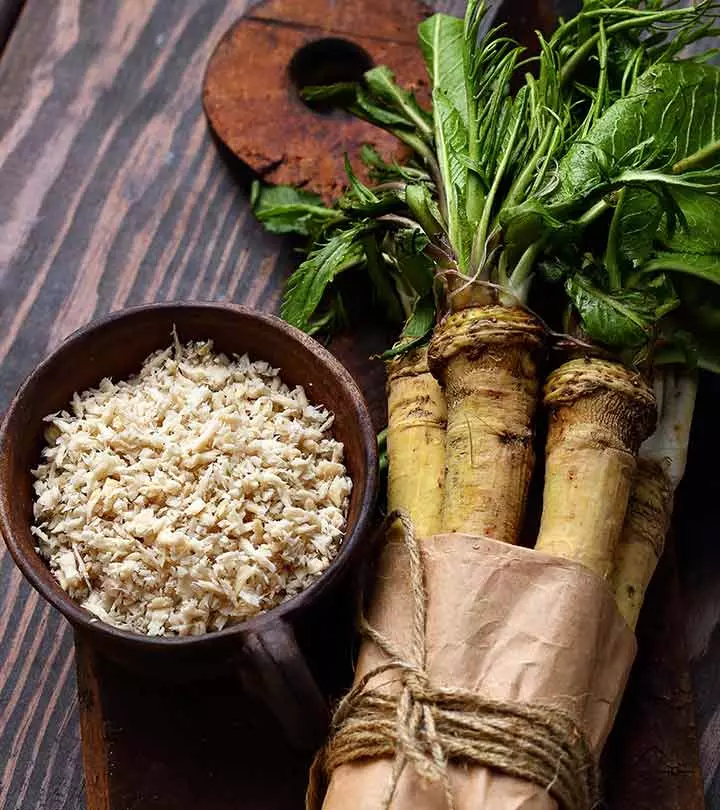







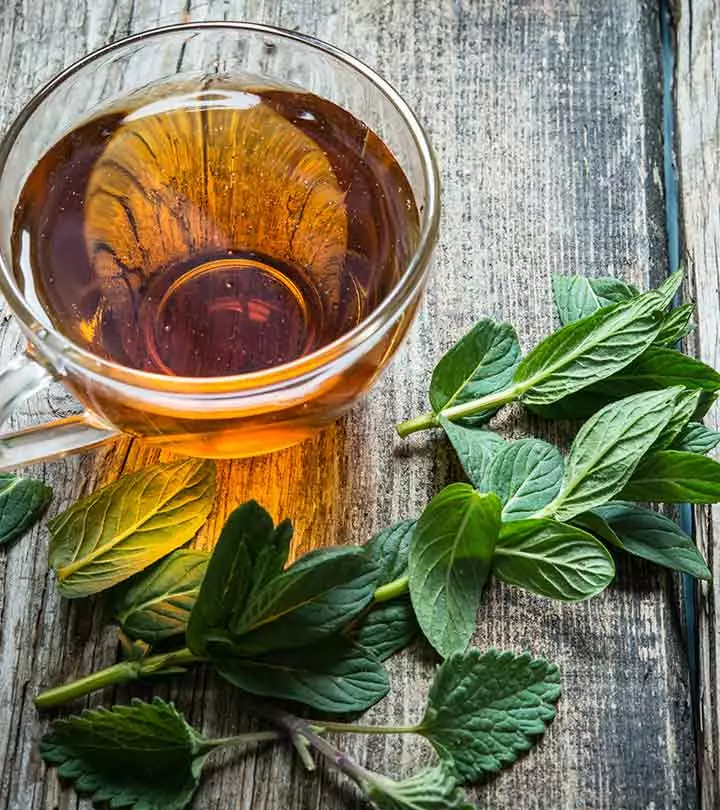
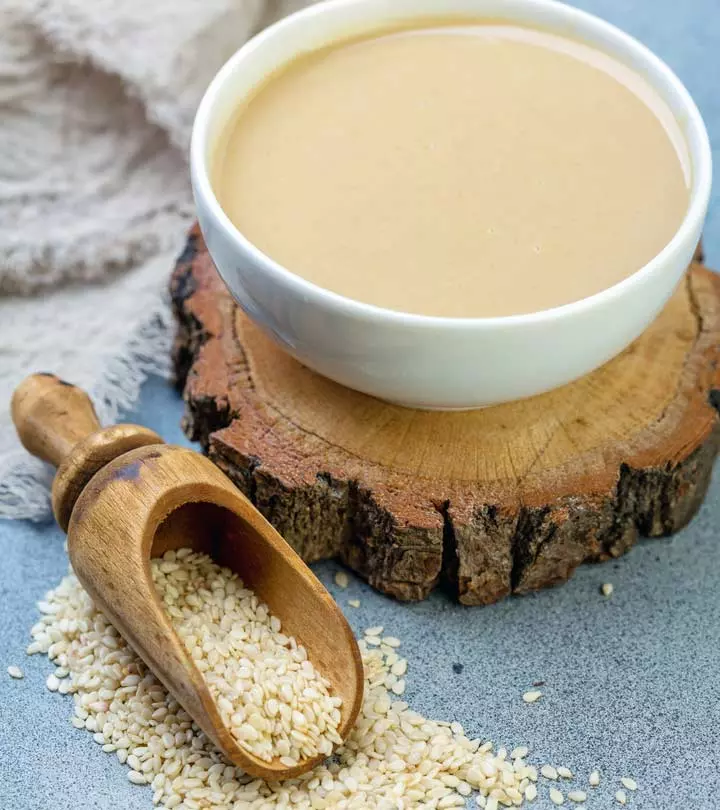

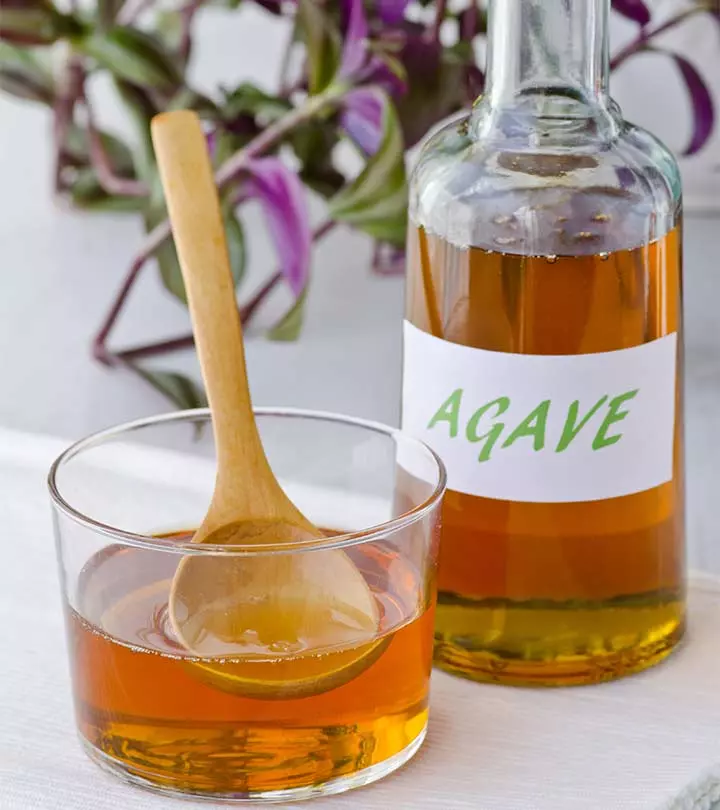




Community Experiences
Join the conversation and become a part of our empowering community! Share your stories, experiences, and insights to connect with other beauty, lifestyle, and health enthusiasts.